The journey toward developing polyphonic hearing is both an art and a science, requiring patience, practice, and a deep understanding of musical structures. Unlike monophonic listening, where a single melodic line dominates, polyphonic listening demands the ability to perceive multiple independent voices simultaneously. This skill is essential for musicians, composers, and even avid listeners who wish to engage with complex musical works on a deeper level. The cultivation of polyphonic hearing is not an overnight achievement but rather a gradual process that unfolds through deliberate training and exposure.
One of the foundational steps in fostering polyphonic hearing is immersing oneself in music that embodies rich contrapuntal textures. Works by composers such as Johann Sebastian Bach, whose fugues and inventions are masterclasses in polyphony, serve as ideal listening material. By repeatedly engaging with these compositions, the ear begins to distinguish individual voices within the harmonic tapestry. Over time, what initially sounds like a dense web of sound transforms into a clear interplay of distinct melodic lines. Active listening—focusing intently on one voice at a time before gradually expanding to others—can accelerate this process.
Another critical aspect of developing polyphonic hearing involves singing or playing multiple voices. For vocalists, participating in choirs or small ensembles provides invaluable experience in holding one’s part while remaining aware of others. Instrumentalists, particularly those who play polyphonic instruments like the piano or organ, can practice by isolating and playing individual voices before combining them. This hands-on approach reinforces the brain’s ability to process and retain multiple auditory streams simultaneously. The tactile and auditory feedback from producing these voices deepens the internalization of polyphonic structures.
Ear training exercises tailored to polyphony are equally indispensable. Traditional solfège drills can be adapted to focus on intervals, chord progressions, and voice-leading within a polyphonic context. For instance, listening to a four-part chorale and identifying the soprano, alto, tenor, and bass lines separately sharpens the ear’s ability to isolate and follow individual voices. Advanced exercises might involve transcribing polyphonic passages by ear or singing one voice while playing another on an instrument. These challenges push the boundaries of auditory perception and strengthen cognitive flexibility.
The role of technology in cultivating polyphonic hearing should not be overlooked. Software tools and apps designed for ear training offer interactive ways to practice identifying and dissecting multiple voices. Some programs allow users to mute or solo specific tracks within a polyphonic piece, enabling focused listening on particular lines. Additionally, slowing down recordings without altering pitch can help beginners grasp intricate voice interactions that might otherwise elude them at full tempo. While technology is a powerful aid, it should complement—not replace—live musical experiences and traditional training methods.
Psychological and neurological factors also play a significant role in the development of polyphonic hearing. Research suggests that musicians with extensive polyphonic training exhibit enhanced auditory working memory and attentional control. The brain’s ability to segregate and prioritize auditory stimuli improves with practice, much like a muscle strengthening through exercise. Mindfulness and meditation techniques can further enhance focus, allowing listeners to sustain attention on multiple voices without becoming overwhelmed. The interplay between mental discipline and auditory acuity is a cornerstone of advanced polyphonic perception.
Cultural and historical context enriches the journey of polyphonic ear training. Understanding the evolution of polyphony—from medieval organum to Renaissance motets and Baroque fugues—provides insight into the stylistic nuances of different eras. Analyzing how composers like Palestrina, Handel, or Mozart treated voice-leading and harmonic tension deepens appreciation and sharpens listening skills. Engaging with diverse musical traditions, such as Georgian polyphonic singing or Balinese gamelan, broadens the ear’s adaptability to various contrapuntal idioms. A well-rounded musical education fosters a more versatile and discerning listener.
Ultimately, the path to mastering polyphonic hearing is as much about curiosity as it is about discipline. Embracing challenges, celebrating small victories, and remaining open to continuous learning are essential attitudes. Whether through formal study or self-guided exploration, the rewards of polyphonic listening—unlocking layers of meaning and emotion in music—are profound. As the ear becomes attuned to the dance of interdependent voices, the listener gains access to a richer, more nuanced sonic world.

By /Jul 25, 2025

By /Jul 25, 2025
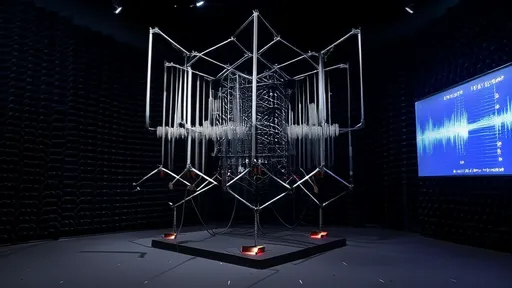
By /Jul 25, 2025

By /Jul 25, 2025

By /Jul 25, 2025
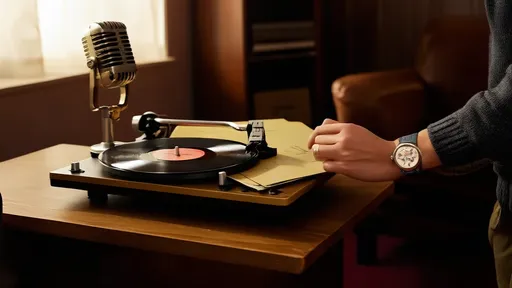
By /Jul 25, 2025

By /Jul 25, 2025

By /Jul 25, 2025
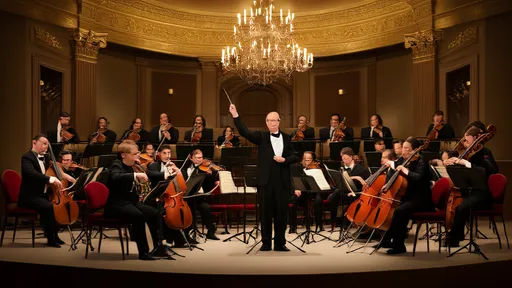
By /Jul 25, 2025

By /Jul 25, 2025

By /Jul 25, 2025
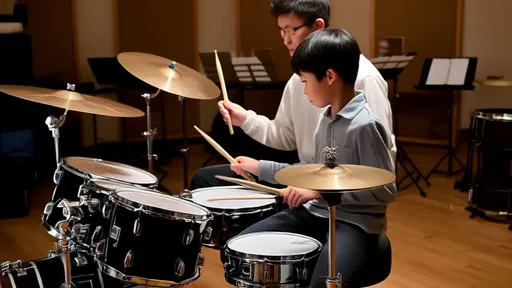
By /Jul 25, 2025

By /Jul 25, 2025

By /Jul 25, 2025
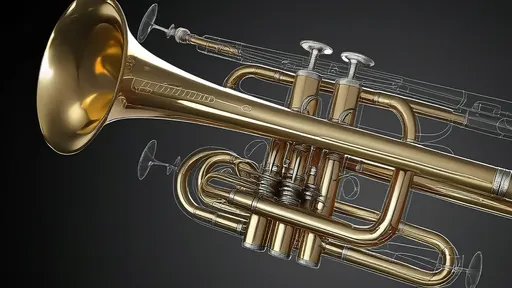
By /Jul 25, 2025
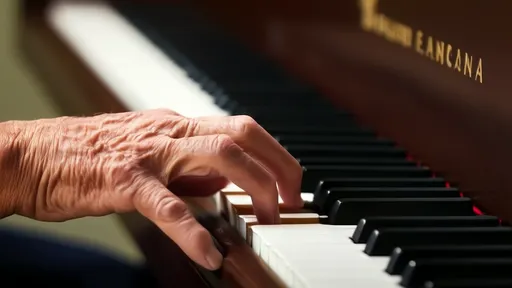
By /Jul 25, 2025

By /Jul 25, 2025

By /Jul 25, 2025